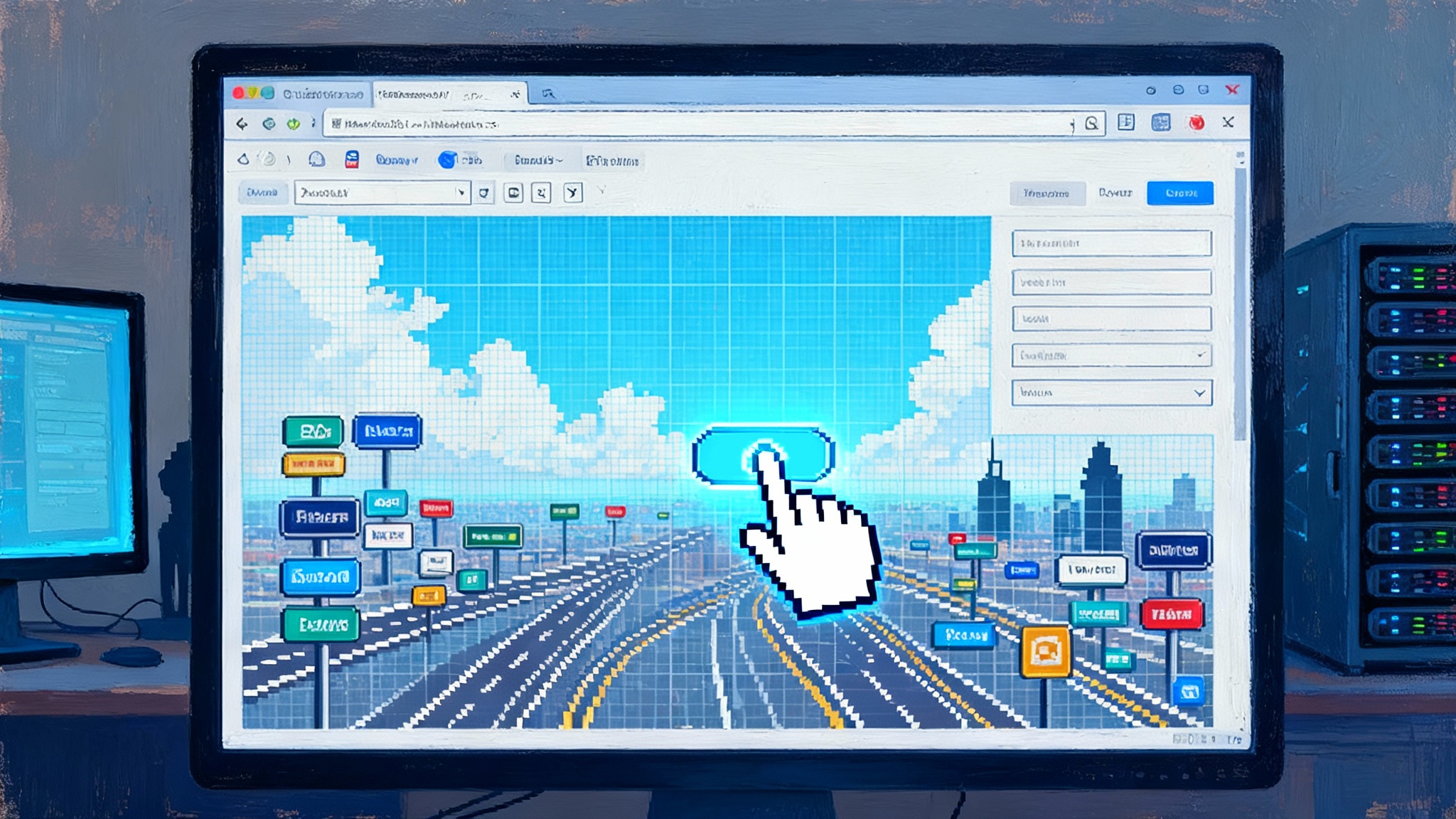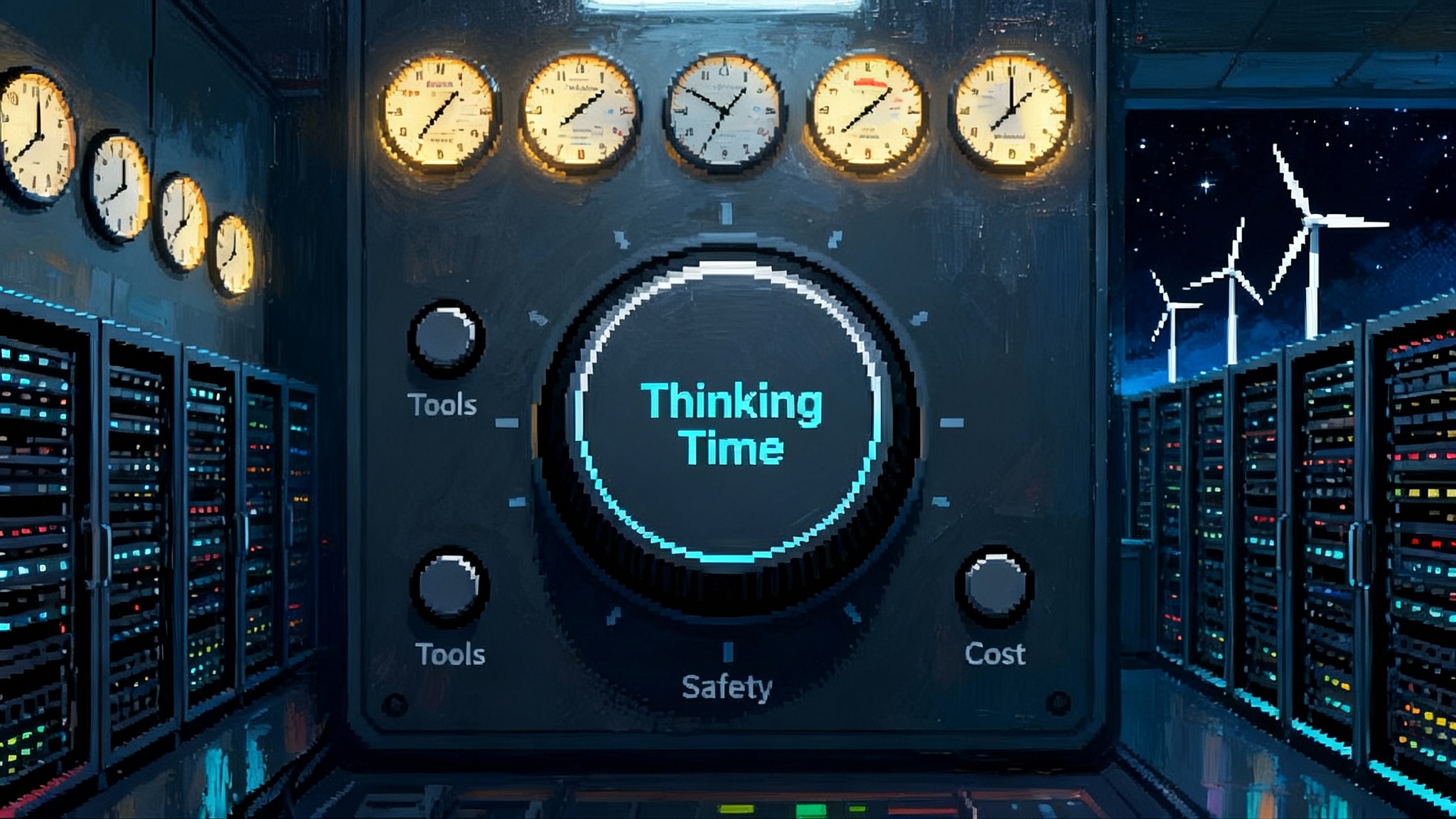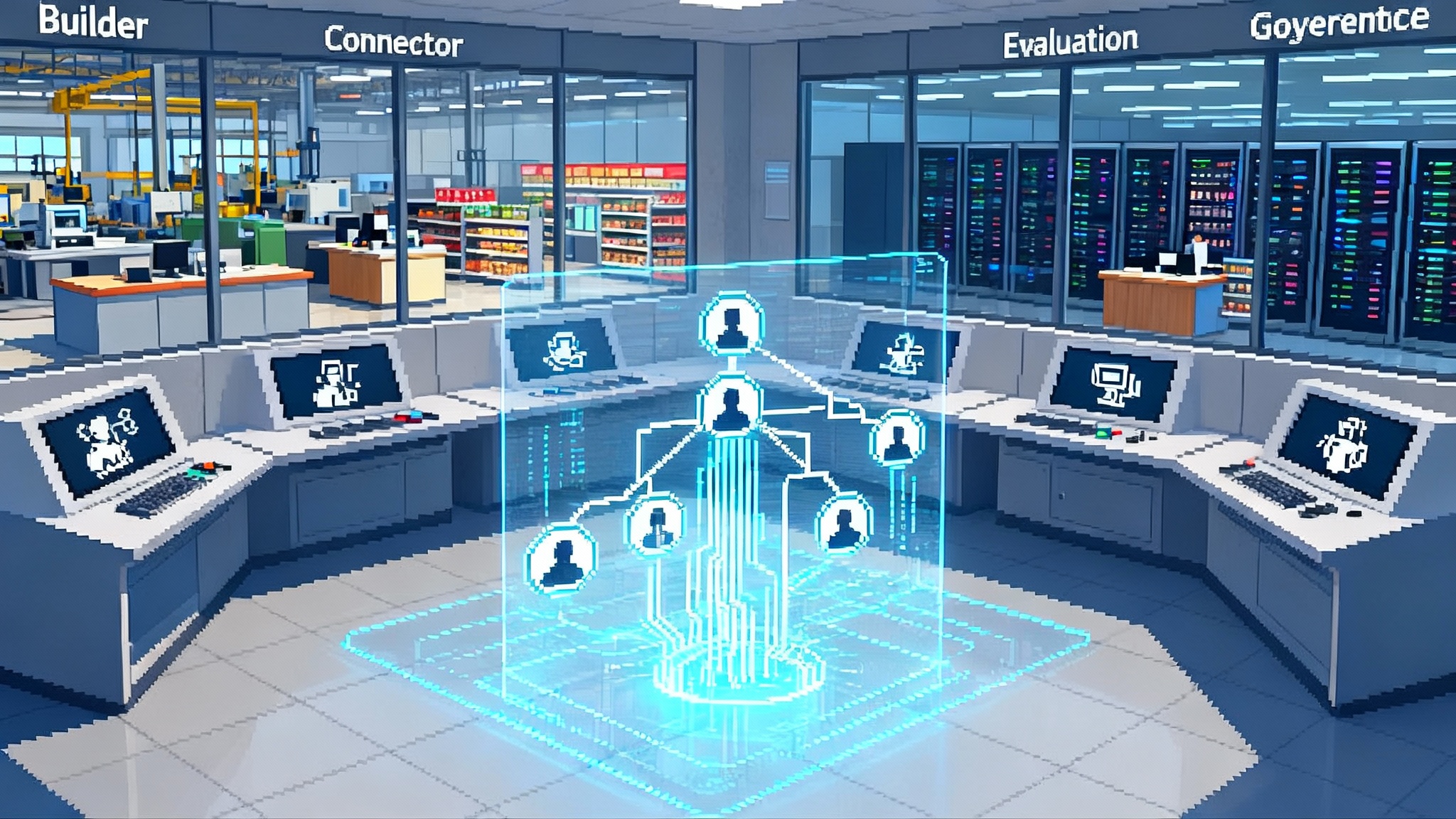Trends & Analysis
Articles under the Trends & Analysis category.
When AI Learns to Forget: Memory Becomes Product Strategy
AI teams are moving from hoarding data to designing what agents remember and forget on purpose. With new rules, legal holds, and licensed sources, controllable memory is becoming a product surface and a competitive edge.
When Software Gets a Passport: The Agent Identity Layer
AI agents are getting accounts, permissions, and audit trails. From Entra Agent ID to Bedrock AgentCore, identity becomes the keystone for safe autonomy with governance, budgets, and measurable ROI.
Electrons Over Parameters: AI’s Grid Reckoning Begins
AI’s next bottleneck is electricity, not parameters. From fusion pilots and nuclear extensions to 800 volt direct current and demand response, the winners will treat power procurement as core product strategy.
Agents Learn to Click: Interfaces Are the New Infrastructure
With agents that can operate the browser, the screen turns into a universal actuator. Gemini’s Computer Use and its tight Chrome integration signal a new stack where UI events, not APIs, drive automation at scale.
Compute Non‑Alignment: OpenAI’s Poly‑Cloud Breakout
OpenAI’s new poly cloud posture signals a break from single provider loyalty. Compute becomes a liquid market where jobs move for price, capacity, and safety. Here is why it matters, how it works, and what to do next.
The Protocol Pivot: AI’s Center of Gravity Is Moving
Vendors are rallying around open agent protocols that let systems discover, delegate, and audit across clouds. Here is why the center of AI is moving from single models to networked messages and how to ship a protocol-native workflow now.
The Reasoning Turn: When Compute Becomes a Product Dial
AI is shifting from static model picks to adjustable thinking time. Learn how the reasoning dial reshapes UX, governance, pricing, and geopolitics, and get concrete playbooks to ship dials and receipts with confidence.
Edge First AI: When Device Architecture Becomes Ethics
Assistants are splitting across device and attestable cloud. This edge-first shift rewrites memory, identity, and consent, turning privacy into an execution path. Here is the playbook for builders, buyers, and IT teams.
Sovereign AI Goes Industrial as Nations Build AI Factories
In 2025, Saudi Arabia, the United Kingdom, and South Korea began treating AI as state infrastructure. AI factories, sovereign models, and compute pacts are turning power, chips, and data into durable national capability.
Receipts Become a Primitive: The AI Signature Layer Arrives
Europe’s new push to label AI-made media and product moves like SynthID and one-click Content Credentials point to a new default: content ships with receipts. Here is why provenance becomes product DNA and how to build for it now.
The Post-Benchmark Era: When AI’s Scoreboard Breaks
Leaderboards made AI progress look simple. A new review of 445 tests shows many benchmarks miss the mark. Here is a practical plan for living evaluations, safety cases, and market trials that measure real reliability.
The Consent Layer: AI’s Post Lawsuit Pivot to Licensed Training
A legal turning point is pushing AI from scraping to licensing. Here is how the consent layer restructures data, royalties, and product roadmaps across music, news, and code, plus a builder playbook for what to ship next.
Self-Healing Software Is Here: After AIxCC, Autonomy Leads
At the AI Cyber Challenge finals, autonomous systems found real flaws in widely used code and shipped working fixes in minutes. Here is how self-healing software reshapes pipelines, registries, governance, and the economics of zero days.
Agent OS Arrives: The Firm Turns Into a Runtime
Enterprise agents are moving from chat to operating system. Builders, connectors, evaluation, and governance turn org charts into executable workflows with budgets, SLAs, and audit trails. Here is the new playbook.
The Grid Is Gatekeeper: AI’s Next Bottleneck Is Power
AI’s bottleneck has moved from model design to electricity. Hyperscalers chase nuclear-adjacent sites, regulators tighten behind-the-meter deals, and the grid increasingly decides where cognition can grow.
The Post-Link Web: How Google’s AI Mode Rewrites Search
Google is turning search into an answer engine. Here is how AI Overviews change discovery, why LLMO will replace SEO, how prompt-level ads and a citation market emerge, and what creators should do next.
From Tokens to Torque: Humanoids Clock In at Factories
Foxconn is adding humanoid robots to its Houston AI-server lines, running NVIDIA’s GR00T N models on Newton and Jetson Thor. The scoreboard shifts from tokens to tasks per hour, and alignment becomes rigorous contact moderation.
The Price of Thought Collapses: Reasoning Becomes a Dial
In 2025, users began selecting how hard their AI thinks. OpenAI turned test time compute into a visible control and DeepSeek pushed costs down. The result is a new primitive for apps and contracts: metered thought you can budget.

















